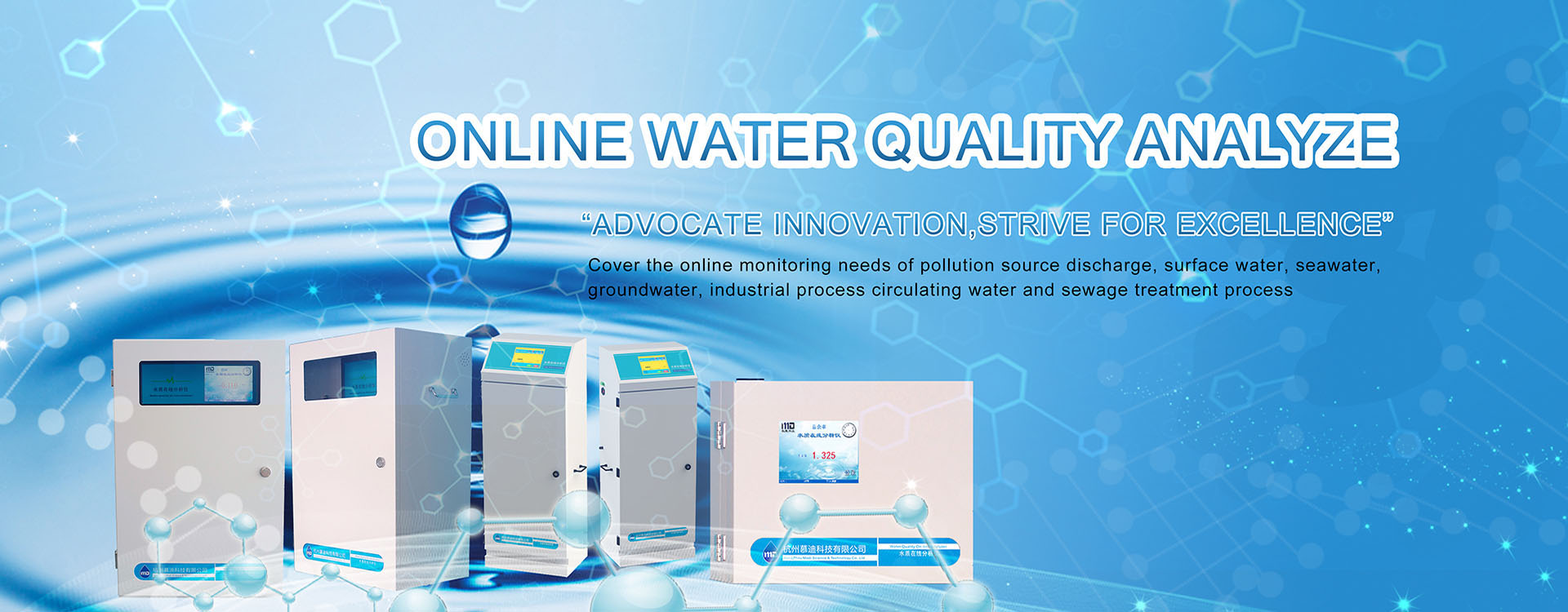When you think of infectious diseases, you probably think of hospitals. Hospitals are crowded with patients with different diseases, including infectious diseases. There are bacteria in medical wastewater, if not properly treated, it will be directly discharged into the water, which will pollute the otherwise healthy water source. So medical wastewater monitoring is essential!
The microorganisms stored in the medical wastewater are bacteria, viruses, etc., among which the sanitary standards have the total number of bacteria, coliform group, heat-resistant coliform bacteria and other indicators. What are the health implications of these indicators? Please look down!
Total Number of Bacteria
The total number of bacteria refers to the total number of bacterial colonies that grow after 1ml water sample is cultured at 37 degrees Celsius for 24 hours on a specific culture basis, which is used to judge the pollution and purification effect of water quality. However, the change of indicators does not reflect the impact on the monitoring, nor does it reflect the extent of fecal or pathogenic bacteria contamination, but if the total number of bacteria increases, the water has been contaminated!
Total Coliform Groups
Coliform bacteria are used in water quality monitoring as intestinal pathogens. They are widely distributed and exist in the feces of warm-blooded animals and nature. The bacteria can be regarded as potentially dangerous to human health.
Heat-resistant Coliform Group
Thermophilic coliform can be said to be part of the total coliform, and the bacteria that can still grow and ferment lactose under such conditions are called thermophilic Coliform. In general, the proportion of thermostable coliform bacteria in feces is larger than the total coliform bacteria, and because it is easy to die in nature and other reasons, its existence can be understood as the recent direct or indirect fecal contamination of water bodies. Therefore, compared with the total coliform, the detection of heat-resistant bacteria in the water body indicates that the water source is more unclean, and the presence of intestinal pathogens and toxic bacteria in food is much more likely. In addition, it is not able to reproduce in the water distribution system unless there are sufficient nutrients in the pipe network or some unsuitable substances come into contact with the treated water, and the water temperature should exceed 15 ° C, and there can be no free residual chlorine in the pipe network.




